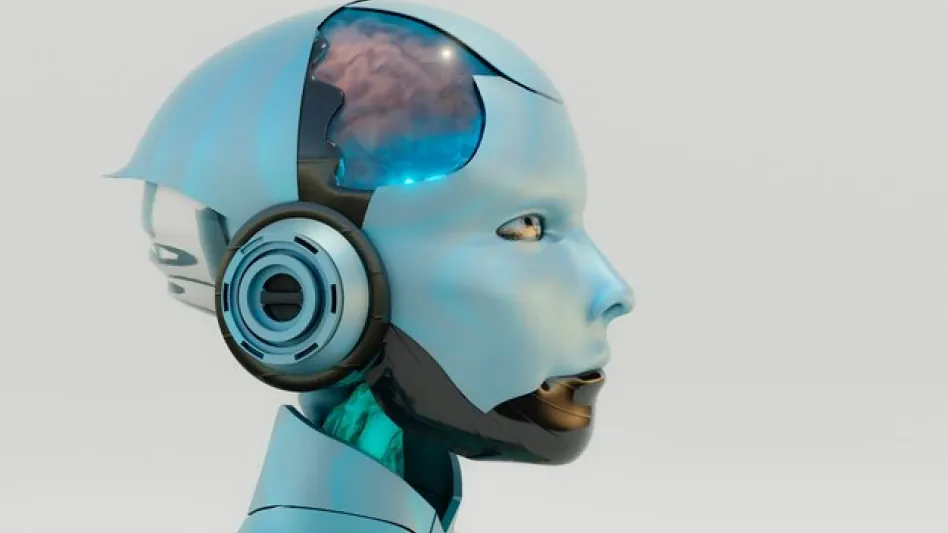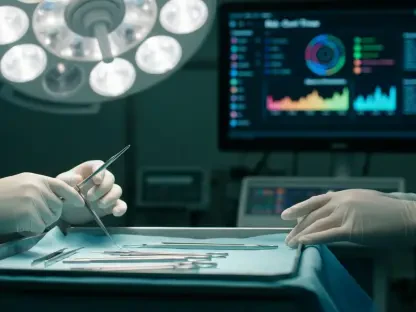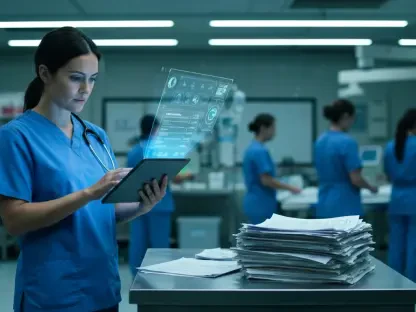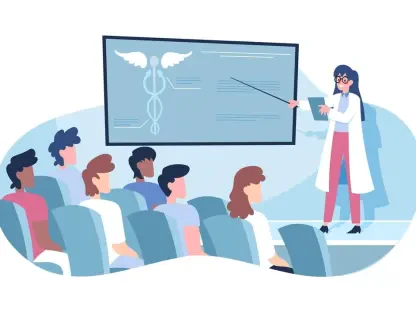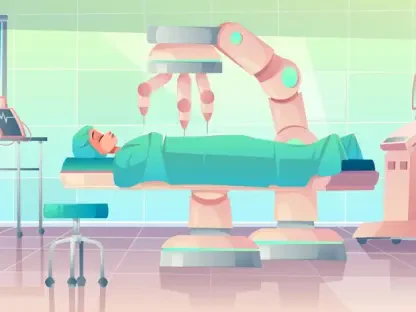The integration of artificial intelligence (AI) into surgical robotics is poised to revolutionize patient care on a global scale. Medical technology companies Neptune Medical, Virtual Incision Corporation, and XCath have joined forces with NVIDIA to embed AI-driven robotics through NVIDIA’s Isaac for Healthcare platform into their advanced medical systems. This transformative alliance between AI and medical robotics aims to significantly augment the precision, efficiency, and accessibility of medical procedures, marking a profound shift in surgical robotics and patient care.
Neptune Medical: Enhancing GI Robotic Systems with AI
Neptune Medical is leveraging its collaboration with NVIDIA to enhance its gastrointestinal (GI) robotic systems. This partnership brings NVIDIA’s Isaac for Healthcare platform into the fold, allowing Neptune to access advanced simulation capabilities that meticulously model sensors, human anatomy, and physiological processes. These digital twin frameworks are pivotal for developing and validating accurate and safe robotic systems in real-world clinical settings.
Founder and CEO Alex Tilson underscores the importance of robust AI-driven simulation capabilities in the quest toward intelligent GI robotics. The utilization of NVIDIA’s AI platform expedites the development of Neptune Medical’s systems, aiming to deliver precise, safe outcomes for patients undergoing gastrointestinal procedures. By integrating high-fidelity simulations, Neptune ensures that its robotic systems will operate seamlessly in real-life clinical environments, thus elevating the standard of patient care and surgical precision.
This alliance not only accelerates Neptune Medical’s technological advancement but also sets a benchmark for other medical companies seeking to incorporate AI into their systems. The goal is to revolutionize GI robotics through the use of NVIDIA’s cutting-edge technology, enhancing the capabilities and efficacy of medical procedures. Tilson’s vision of complete AI-integrated systems might soon become a reality, reshaping the landscape of gastrointestinal robotics and patient treatment.
XCath: Democratizing Access to Stroke Care
XCath is on a mission to transform stroke care and complex vascular conditions with its autonomous robotic systems. By integrating NVIDIA Isaac for Healthcare, the company aims to democratize mechanical thrombectomy, thereby expanding access to this life-saving therapy globally. Currently, this crucial treatment remains inaccessible to the majority of stroke patients in need, and XCath seeks to bridge this gap through cutting-edge AI technology.
CEO Eduardo Fonseca elaborates on the benefits of utilizing Isaac for Healthcare, which enables the creation of comprehensive digital twins of XCath’s endovascular robots and treatment devices. These digital twins accelerate prototyping cycles, create virtual training environments for medical practitioners, and develop patient-specific procedural plans that enhance surgical accuracy and safety. Surgeons can rehearse complex procedures on precise anatomical models prior to actual operations, significantly improving intracranial procedure outcomes.
Through this innovative approach, XCath positions itself at the forefront of AI-driven advancements in stroke care. The adoption of NVIDIA’s AI capabilities not only accelerates development cycles but also democratizes advanced surgical treatments. This effort promises a future where stroke patients, regardless of geographic location, have access to advanced robotic-assisted procedures, thereby reducing the global impact of stroke.
Surgical Robotics Innovation at XCath
James Tudor, Vice President of Artificial Intelligence at XCath, underscores the massive acceleration in AI training and robotic development cycles brought by NVIDIA’s Isaac for Healthcare platform. This platform facilitates the simulation of thousands of surgical scenarios, perfecting autonomous navigation systems within a risk-free virtual environment. Such rapid development aims to dramatically enhance patient outcomes and democratize mechanical thrombectomy, addressing the global stroke burden comprehensively.
Director of Business Development for Medtech at NVIDIA, David Niewolny, highlights XCath’s embrace of advanced AI capabilities for surgical robots that perform complex tasks autonomously. The digital twin infrastructure also provides an immersive training environment for autonomous AI systems, delivering real-time intraoperative feedback and acting as a safety mechanism by pausing procedures if deviations occur. This combination of advanced autonomy and safety aims to refine intracranial procedure precision significantly.
XCath’s innovative approach to integrating AI in surgical robotics sets a new standard for medical technology. The rapid acceleration facilitated by Isaac for Healthcare urges the medical field to adopt AI-driven solutions more broadly, promising exponential improvements in patient care. The company’s goal is to compress years of development into a matter of months, making mechanical thrombectomy accessible worldwide and reducing the global impact of stroke through AI-enhanced surgical robotics.
Virtual Incision Corporation: Advancing Surgical Robotics with AI
Virtual Incision Corporation is exploring the integration of NVIDIA Isaac for Healthcare to advance its surgical robotics platforms. Through the incorporation of digital twin frameworks and robotic learning tools, Virtual Incision can create highly realistic virtual environments that meticulously simulate surgical details and physiological processes, thereby accelerating product development cycles and enhancing surgical precision.
CEO John Murphy emphasizes the development of safety, intelligence, and efficacy in surgical robots as crucial goals for the company. By leveraging NVIDIA Isaac for Healthcare’s advanced capabilities, Virtual Incision aims to bring cutting-edge technology to surgeons and patients, optimizing future iterations of their robotic systems. This collaboration promises to transform surgical robotics, making procedures safer and more efficient while expanding the accessibility of advanced medical technologies.
Virtual Incision Corporation’s commitment to integrating AI into their surgical robotics platforms highlights their dedication to innovation. The incorporation of digital twin technology enables rapid advancements, ensuring that new developments meet the highest standards of safety and efficacy. Murphy’s enthusiasm for this transformative technology underscores the potential for AI-driven systems to revolutionize surgical procedures, simplifying operations and improving patient care significantly.
MIRA Revolution in Robotic-Assisted Surgery
The integration of artificial intelligence (AI) into surgical robotics promises to revolutionize patient care around the world. Medical technology companies like Neptune Medical, Virtual Incision Corporation, and XCath are working together with NVIDIA to embed AI-driven robotics into their advanced medical systems via NVIDIA’s Isaac for Healthcare platform. This partnership seeks to significantly enhance the precision, efficiency, and accessibility of medical procedures. By combining AI with cutting-edge robotics, these firms aim to transform the landscape of surgical robotics, marking a new era in medical technology and patient care. This revolutionary approach is expected to lead to more accurate surgeries, reduced recovery times, and improved overall safety for patients. The advancements also seek to democratize access to high-quality surgical care, potentially expanding the reach of expert procedures to underserved regions. Ultimately, the synergy between AI and surgical robotics stands to create a profound shift in how medical procedures are performed, benefiting healthcare systems globally.
